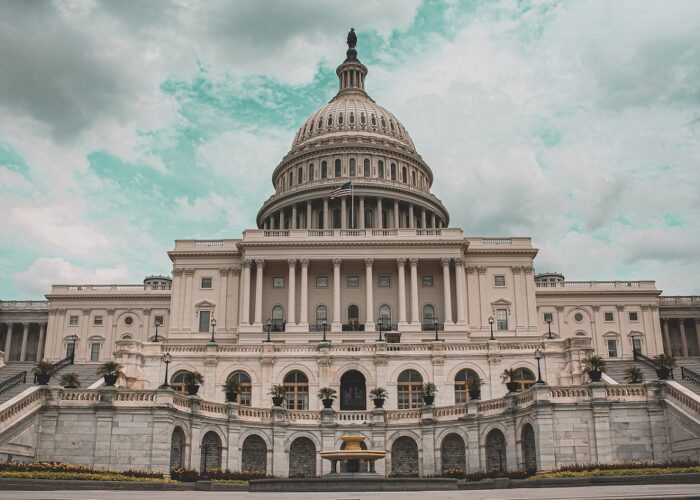Tapping into the trillion-dollar securities market for portfolios of solar projects moved a significant step forward at a meeting last week of the Solar Access to Public Capital (SAPC) working group in San Francisco.
Led by the National Renewable Energy Laboratory, the SAPC includes stakeholders from across the spectrum of the solar and financial industries. SunPower, SolarCity, Sunrun and Recurrent Energy are among those solar companies participating in the working group along with Bank of America Merrill Lynch, Rabobank, Union Bank and Standard & Poor's rating agency.
Unlock unlimited access for 12 whole months of distinctive global analysis
Photovoltaics International is now included.
- Regular insight and analysis of the industry’s biggest developments
- In-depth interviews with the industry’s leading figures
- Unlimited digital access to the PV Tech Power journal catalogue
- Unlimited digital access to the Photovoltaics International journal catalogue
- Access to more than 1,000 technical papers
- Discounts on Solar Media’s portfolio of events, in-person and virtual
SAPC aims to issue standard contracts by the end of the summer for residential leases and commercial power purchase agreements. Mock filings will also soon be publicly available that will explain the assets being pooled and securitised and provide analysis and data on how well the systems and the assets in the portfolio performed both on a technology basis and a credit basis.
Michael Mendelsohn, senior financial analyst at NREL, said: “We're working on our mock filings of hypothetical filings of residential and commercial projects and engaging with the rating agencies to understand their risk perception of the asset class.
“How these assets perform will be illuminating for rating agencies. The uncertainty presents a lot of risk … when they have no light on it they assume the worst.”
Portfolios are expected to be in the range of US$100 millioin-worth of debt and the NREL project is funded for three years under the Department of Energy's SunShot Initiative.
“We saw the need for an entity that didn't have any real skin in the game that doesn't have any real profit motive to organise the industry,” he said.
By 2020, the US will have installed 44GW of solar PV capacity but only if financing of US$100 billion can be found, according to Bloomberg New Energy Finance.
Mendelsohn said that out of all the capital market vehicles being discussed for solar, such as Master Limited Partnerships and Real Estate Investment Trusts, asset backed securities held the most promise.
“We're probably spending the most time with asset-backed securities because we think that needs the most help and can probably provide the most capital in a multi-trillion dollar market, whereas REITS and MLPS are smaller have been limited legislatively and technically.”
NREL's data will also include static loss analysis, ie late payments or interruption for extended periods.
Many in the industry agree that solar customer payments have a very low risk of default, much lower than mortgage payments or car loans.







